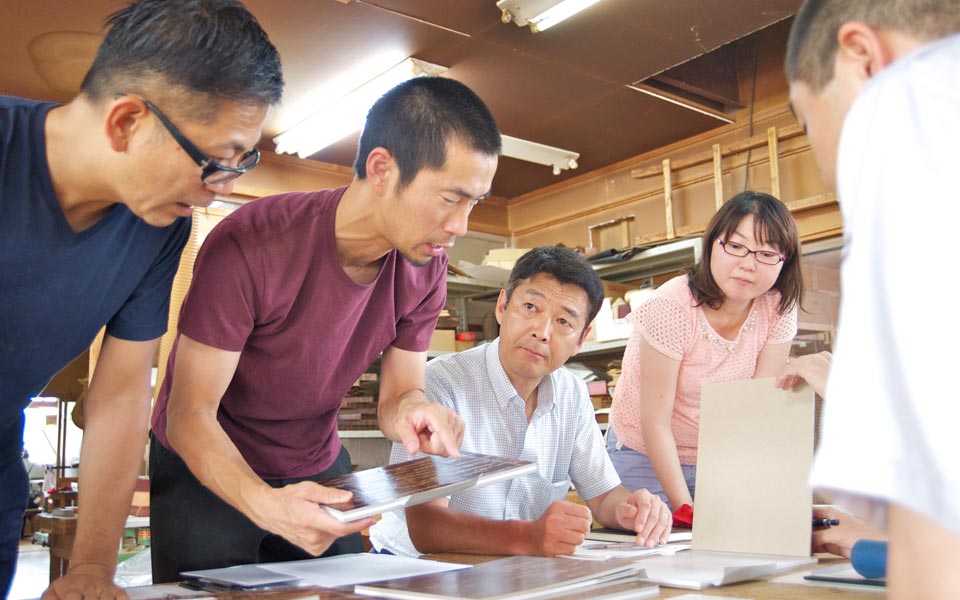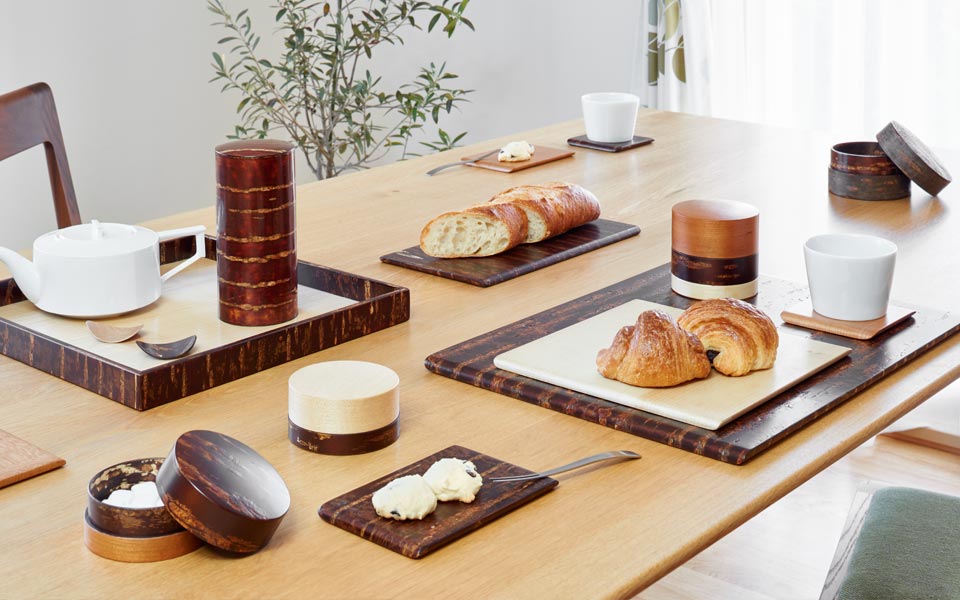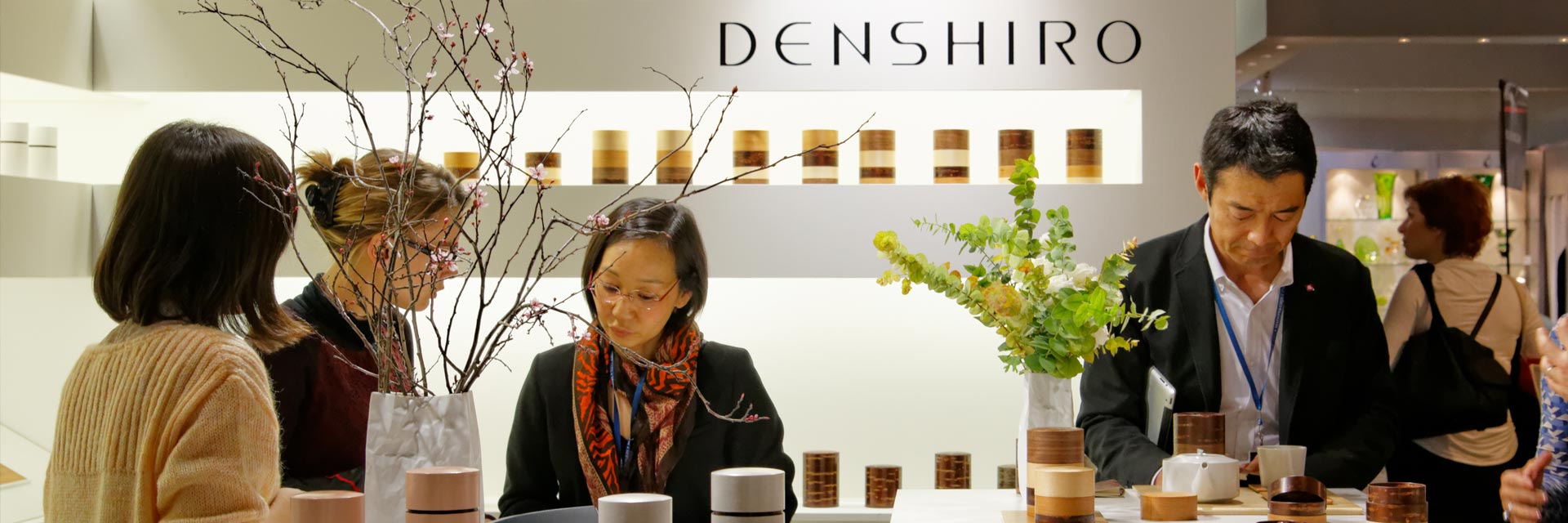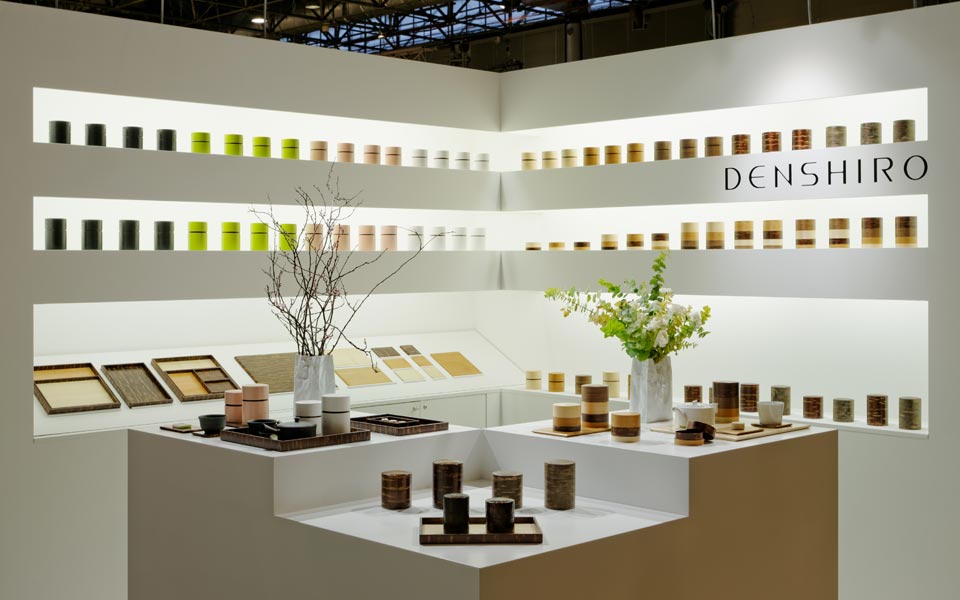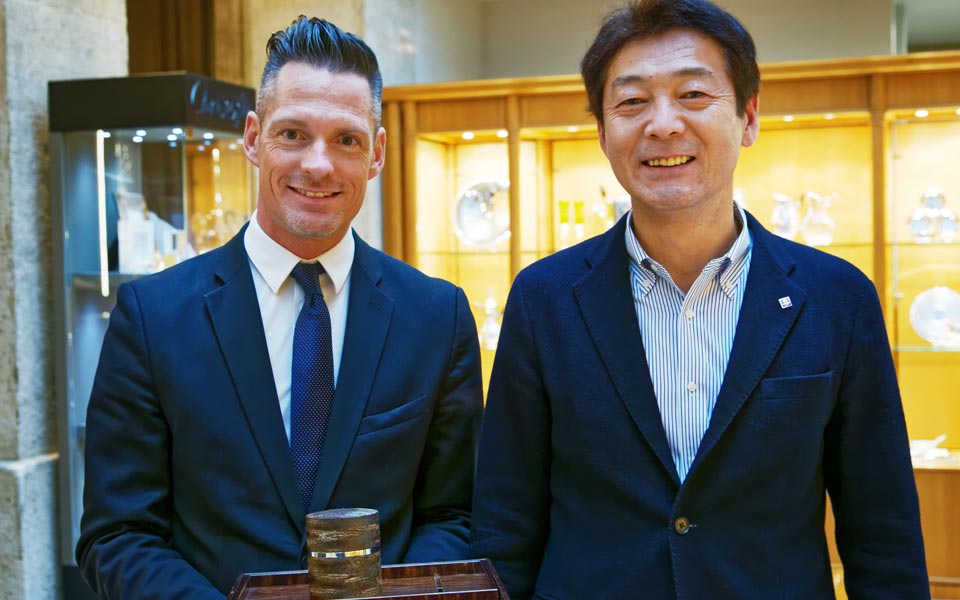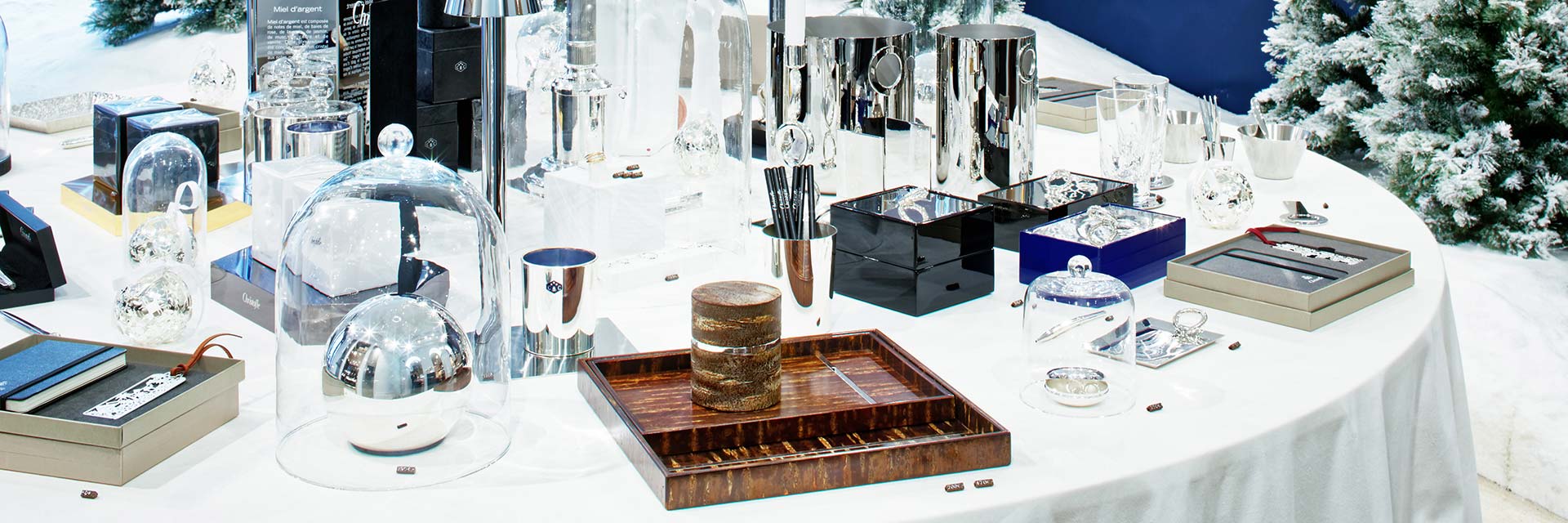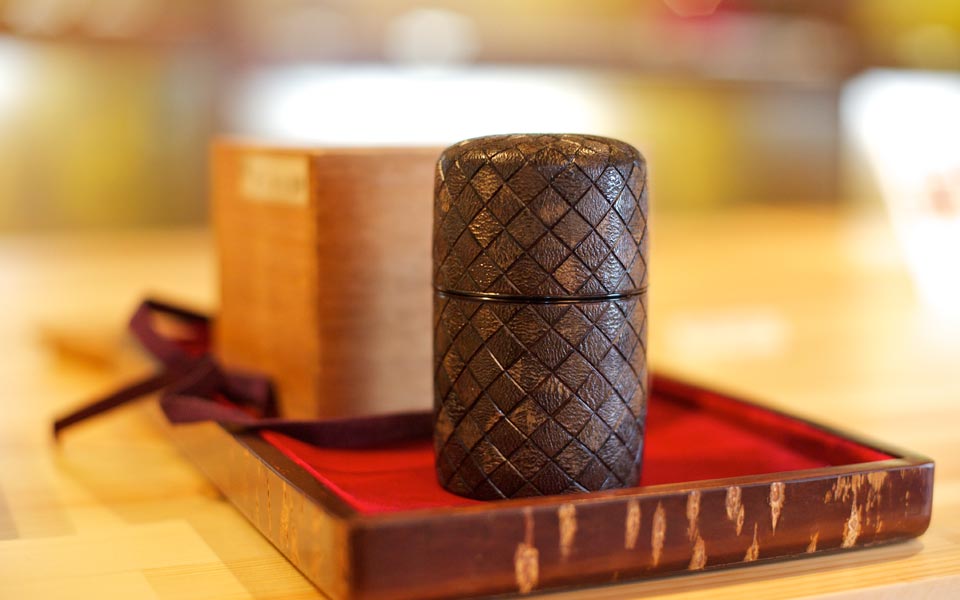 A SHOZUTSU tea caddy that shows the high polishing skill of the craftsman.
A SHOZUTSU tea caddy that shows the high polishing skill of the craftsman.
What I realized through managing the company as the 6th generation head of DENSHIRO.
Fujiki Denshiro Shoten Co., Ltd. was founded in 1851, and I am the 6th generation president of the company. cherry bark ware was begun as a side business of low-ranking samurai, and our company was founded as a cherry bark ware wholesaler. It was in 1976 when we started making our own cherry bark ware and in that same year, our 5th generation president established the Kumosawa Factory. Since then, we have been making our own original collections and have asked other craftsman to make products for us. Currently, the total number of craftsmen in our industry is approximately 50. It was said that there were more than 200 craftsmen when cherry bark ware was started. But I believe the total number is dramatically declining. cherry bark ware is only made in Kakunodate, so the total sales and number of people involved are fewer than in other traditional craft industries.
After I graduated from university, I started working at a department store. I then entered the Fujiki Denshiro Shoten in 1989. Because I had experience in working at the department store, I believed that department stores had the biggest sales channels and I visited many of them for business. This effort led us to our highest ever sales in 2005. However, at the same time, I started to feel a sense of stagnation in the domestic market. And I started to think about the importance of creating new collections and exploring new markets, including overseas markets. In 2005, we introduced our new collection, the “Tsubo Tsubo” series. We painted tea caddies in red and black, then attached details from the Tsubo Tsubo pattern (a tea ceremony related pattern) and flower petals made from limpet shells. This series had a good reception, but we weren’t able to reach beyond the usual markets for folk craft. When I thought about people’s current lifestyles, I thought that it might not have been a good match…
 It is an important job to ask our staff about the reactions of our customers.
It is an important job to ask our staff about the reactions of our customers.


